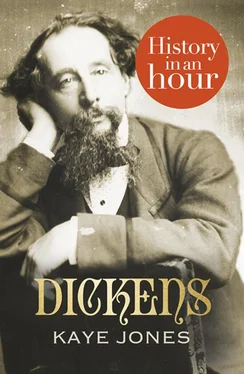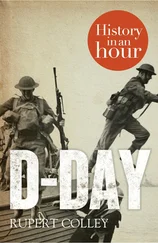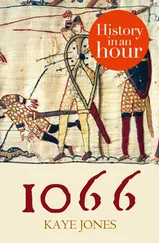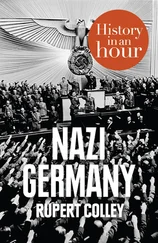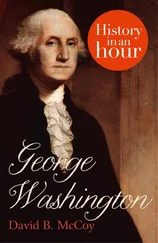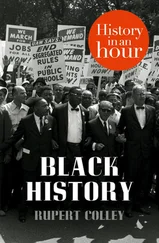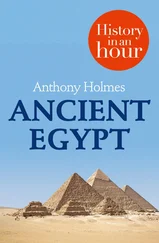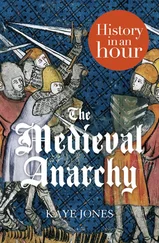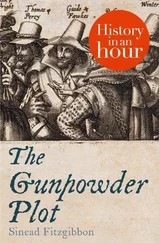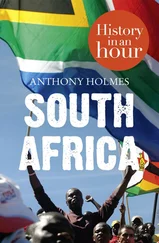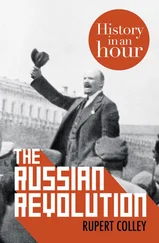The Creation of ‘Boz’ Contents Cover Title Page DICKENS History in an Hour Kaye Jones About History in an Hour Introduction The Early Years London Miss Maria Beadnell The Creation of ‘Boz’ The Early Novels The 1840s Dickens in America Dickens in Europe Dickens the Philanthropist Return to Journalism Dickens the Reformer Dickens’ Private Life Dickens the Public Reader The Later Years Appendix 1: Key Figures Appendix 2: Timeline of Dickens Copyright Got Another Hour? About the Publisher Конец ознакомительного фрагмента. Текст предоставлен ООО «ЛитРес». Прочитайте эту книгу целиком, купив полную легальную версию на ЛитРес. Безопасно оплатить книгу можно банковской картой Visa, MasterCard, Maestro, со счета мобильного телефона, с платежного терминала, в салоне МТС или Связной, через PayPal, WebMoney, Яндекс.Деньги, QIWI Кошелек, бонусными картами или другим удобным Вам способом.
December 1833 saw the publication of Dickens’ first piece of creative writing, entitled A Dinner at Poplar Walk. Though he received no payment from the Monthly Magazine for the story, the publication of his work brought him a great sense of pride and achievement. Between January and June 1834, a further four stories, Mrs Joseph Porter Over the Way, Horatio Sparkins, The Bloomsbury Christening and The Boardinghouse appeared in the Monthly Magazine along with the anonymous short story, Sentiment, in Bell’s Weekly Magazine. In August, The Boardinghouse II appeared in the Monthly Magazine, significant as the first work to use Dickens’ pseudonym, ‘Boz’. This originated from the nickname of Dickens’ youngest brother, Augustus, ‘Moses’. When pronounced through the nose, it made the word ‘Boses’ and was then shortened to Boz.
That month also brought Dickens a new appointment as a parliamentary reporter for the one of the most popular newspapers in the country, the Morning Chronicle. Although the post brought Dickens an impressive weekly salary of five guineas (around £230 in modern currency), much of it went to ease his father’s ongoing financial troubles. In September he began work on the Chronicle’s latest creative project, Street Sketches, an illustrated look at life in the city. Through his success at the Morning Chronicle, he was introduced to George Hogarth, editor of the Evening Chronicle, and great admirer of his work. Hogarth persuaded Dickens to begin working on a similar endeavour to Street Sketches, called Sketches of London for the Evening Chronicle at an additional two guineas per week.
The final months of 1834 saw Dickens working hard to save his father from another spell in the debtors’ prison. He borrowed money from friends, mortgaged his income and arranged for the family to move to cheaper accommodation at 21 George Street, Adelphi. Dickens did not accompany the family to this house and instead began renting rooms at 13 Furnival’s Inn with his younger brother, Frederick.
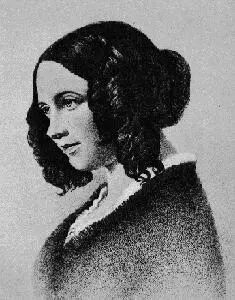
Catherine Dickens
A friendship blossomed with George Hogarth and, in May 1835, Dickens became engaged to his eldest daughter, Catherine. While Catherine had the same brown hair, blue eyes and slender frame as his first love, she had a gentler nature than Maria Beadnell, a characteristic that greatly appealed to Dickens. In the same month as the engagement, Dickens moved to Selwood Terrace, Brompton, to be closer to Catherine.
The Early Novels The Early Novels The 1840s Dickens in America Dickens in Europe Dickens the Philanthropist Return to Journalism Dickens the Reformer Dickens’ Private Life Dickens the Public Reader The Later Years Appendix 1: Key Figures Appendix 2: Timeline of Dickens Copyright Got Another Hour? About the Publisher Конец ознакомительного фрагмента. Текст предоставлен ООО «ЛитРес». Прочитайте эту книгу целиком, купив полную легальную версию на ЛитРес. Безопасно оплатить книгу можно банковской картой Visa, MasterCard, Maestro, со счета мобильного телефона, с платежного терминала, в салоне МТС или Связной, через PayPal, WebMoney, Яндекс.Деньги, QIWI Кошелек, бонусными картами или другим удобным Вам способом.
As the Evening Chronicle finished publishing its Sketches of London, Dickens began working on twelve new sketches for the Sunday sporting paper, Bell’s Life In London that included a depiction of life in the Seven Dials. Towards the end of 1835, the publisher John Macrone approached Dickens with the idea of collating his many sketches into a single edition. In return he offered Dickens the sum of £100 for the copyright. Dickens met Macrone through the historical novelist, William Harrison Ainsworth, and this acquaintance is testament to his increasing importance on London’s literary scene. Dickens agreed to Macrone’s offer and George Cruikshank, the well-known caricaturist, was invited to illustrate the two-volume work, Sketches By Boz. It was published on 8 February 1836 and was an instant success; the first step on the road to fame and fortune.
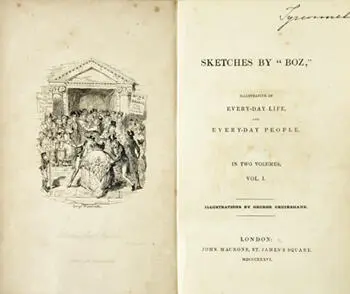
Frontispiece of the First Edition of ‘Sketches by Boz’, 1836
A month after the appearance of Sketches by Boz, Dickens was approached by the publishers, Edward Chapman and William Hall, to write the text for a new series of illustrations by Robert Seymour. With a salary of £14 per month, Dickens accepted without hesitation and persuaded Chapman and Hall to focus the project on his writings rather than Seymour’s illustrations.
On 31 March 1836, the first instalment of the Chapman and Hall project, entitled The Pickwick Papers, was published. The initial print run of 1,000 copies showed only modest sales and the situation was made considerably worse by Seymour’s suicide on 20 September. All parties did, however, decide to continue with The Pickwick Papers. Dickens negotiated a salary increase to £21 per month, and an increase in the amount of writing, from 26 printed pages to 32, with fewer illustrations. In the aftermath of Seymour’s death, Chapman and Hall hired Robert William Buss. Buss was soon fired, owing to the ‘inferiority of his work’ and replaced by Hablot Browne.
In the meantime, Dickens married Catherine at St Luke’s Church in Chelsea on 2 April. A week’s honeymoon in Chalk, Kent, followed and the pair then set up home in the three-roomed flat at 15 Furnival’s Inn. The newlyweds were then joined by Catherine’s sister, Mary.
While the second and third instalments of The Pickwick Papers suffered from poor sales, the fourth brought a dramatic change in fortunes as Dickens introduced the new character, Sam Weller. As Pickwick grew in popularity, Dickens set out writing The Strange Gentleman, a burletta (a type of comic opera) that opened at St James’ Theatre on 26 September. A second edition of Sketches of Boz followed in October alongside preparations for the comic operetta, The Village Coquettes. It was also during this month that Dickens resigned from the Morning Chronicle to edit a new monthly magazine, Bentley’s Miscellany.
Читать дальше
